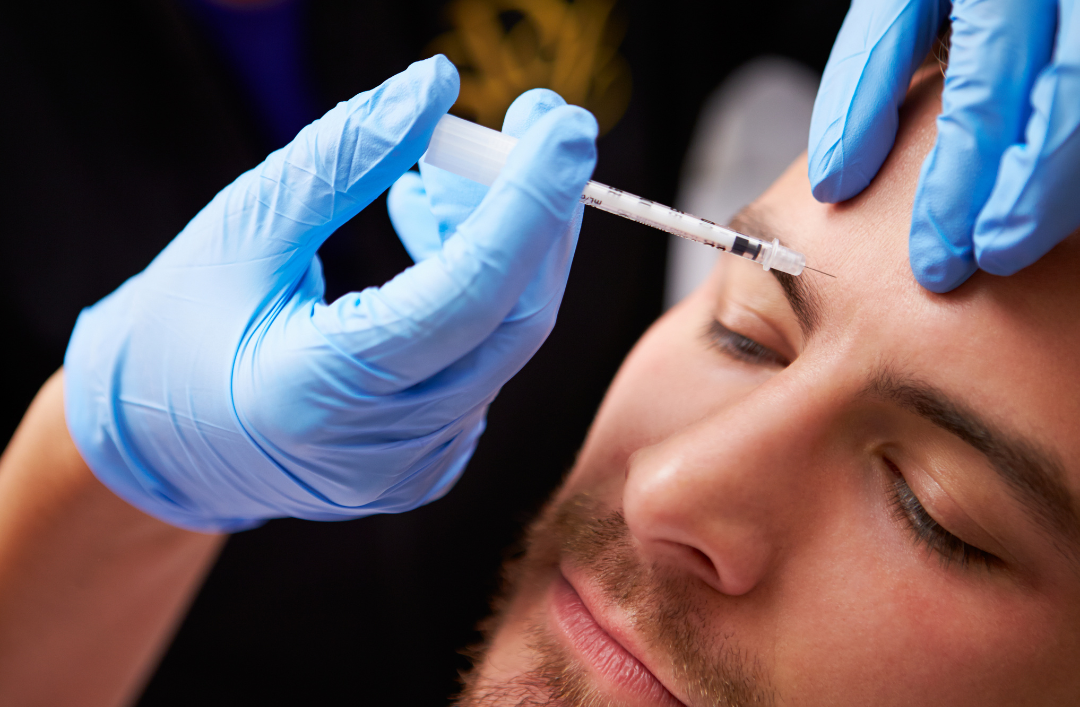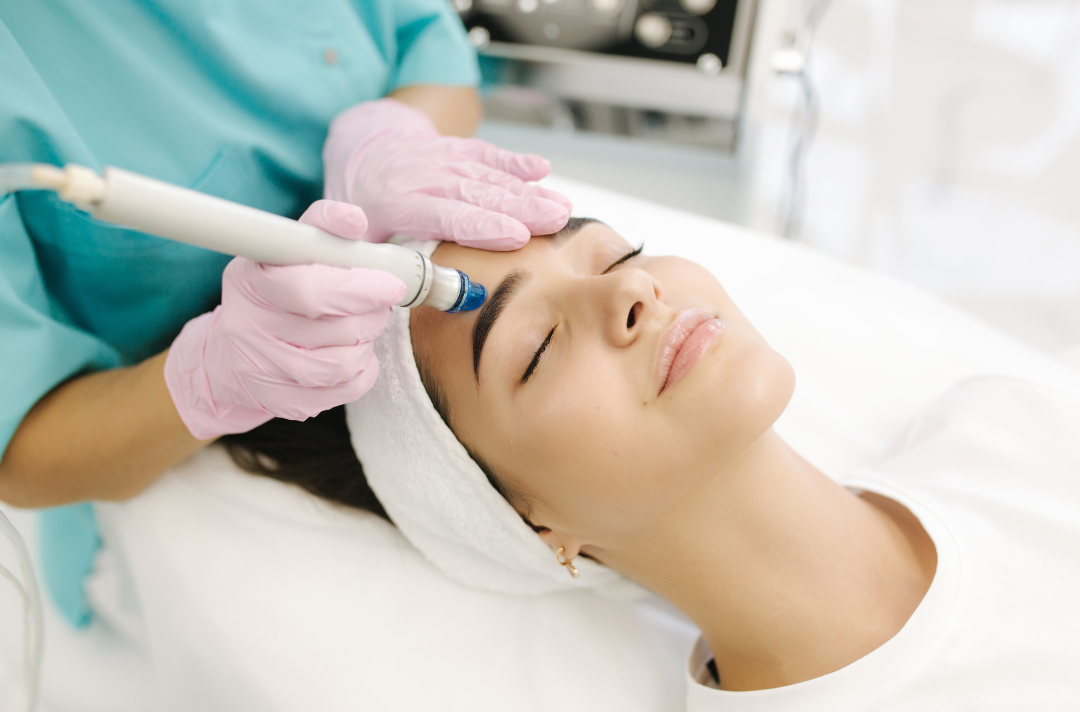Cosmetic dermatology is a growing field of medicine that offers a variety of treatments to improve the appearance of the skin.
These treatments can include everything from wrinkle injections to laser hair removal to liposuction.
While cosmetic dermatology procedures can be expensive, some people may be wondering if they are covered by insurance.
The answer to this question is that it depends on the specific procedure and the health insurance plan.
In general, health insurance plans cover medically necessary dermatology services, such as the diagnosis and treatment of skin conditions like acne, eczema, and psoriasis.
However, cosmetic dermatology procedures are typically not considered medically necessary and are therefore not covered by health insurance.
What is Cosmetic Dermatology?
Cosmetic dermatology is a branch of dermatology that focuses on improving the appearance of the skin. This can include treating conditions such as acne, rosacea, and hyperpigmentation, as well as performing cosmetic procedures such as Botox injections, laser hair removal, and liposuction.
Cosmetic dermatologists are medical doctors who have specialized training in dermatology and cosmetic procedures. They can help you develop a personalized treatment plan to address your individual concerns and improve your overall skin health and appearance.
Some of the most common cosmetic dermatology procedures include:
-
Botox injections:
- Botox is a neurotoxin that can be injected into the muscles to relax them and reduce the appearance of wrinkles and fine lines.
-
Dermal fillers:
- Dermal fillers are injectable substances that can be used to add volume to the skin, reduce wrinkles, and plump up the lips.
-
Laser hair removal:
- Laser hair removal uses a laser to damage the hair follicles and prevent hair growth.
-
Chemical peels:
- Chemical peels use a chemical solution to remove the dead layer of skin, revealing the fresh, new skin underneath.
-
Microdermabrasion:
- Microdermabrasion is a procedure that uses tiny crystals to exfoliate the skin and remove dead skin cells.
-
Liposuction:
- Liposuction is a surgical procedure that removes excess fat from the body.
Cosmetic dermatology procedures are typically elective and focus on enhancing appearance rather than treating medical conditions. It’s important for individuals considering these procedures to consult with a qualified dermatologist or cosmetic surgeon to determine the most suitable treatment options based on their specific needs and goals.
What Plans Offer Cosmetic Dermatology?
Health insurance plans typically do not cover elective cosmetic procedures because they are considered non-essential or for purely aesthetic purposes. Insurance providers generally cover medical treatments that are deemed necessary for health and well-being, not procedures focused solely on enhancing appearance.
However, there are exceptions in cases where cosmetic procedures have a medical necessity. For instance, reconstructive surgery after an accident, skin cancer removal, or surgeries to correct congenital abnormalities might be covered by health insurance because they are essential for the patient’s health and functionality.
It’s essential to carefully review the terms and conditions of your health insurance policy. Some insurance plans offer coverage for specific cosmetic procedures if they are medically necessary, while others have optional cosmetic surgery riders that can be added to the policy at an additional cost. These riders might cover certain cosmetic surgeries in part or in full, depending on the insurance provider and the terms of the policy.
In recent years, there has been a trend toward more insurance companies offering coverage for reconstructive or medically necessary cosmetic procedures. However, the specifics of coverage vary widely, so it’s crucial to consult your insurance provider directly to understand what is and isn’t covered under your plan.

Will My Health Insurance Cover Cosmetic Dermatology?
Whether or not your health insurance will cover cosmetic dermatology depends on your specific insurance plan. In general, health insurance plans only cover medically necessary dermatology services, such as the diagnosis and treatment of skin conditions like acne, eczema, and psoriasis. Cosmetic dermatology procedures are typically not considered medically necessary and are therefore not covered by insurance.
However, there are exceptions. If a cosmetic dermatology procedure is deemed medically necessary by a qualified healthcare provider, there may be a chance that it could be covered by health insurance. For example:
Reconstructive Purposes:
-
- Procedures done to reconstruct facial features after an accident, trauma, or surgery (such as skin grafts after skin cancer removal) might be covered if they are deemed medically necessary for your well-being and functionality.
Treatment of Medical Conditions:
-
- Certain cosmetic procedures, like laser therapy for the removal of precancerous skin lesions, might be covered if they are performed for medical reasons.
Psychological Impact:
-
- In some cases, procedures that alleviate significant psychological distress, such as severe acne scar treatment, might be considered medically necessary and thus eligible for coverage.
Congenital Deformities:
-
- Procedures to correct congenital abnormalities or birth defects may be covered by insurance if they are necessary for your health and well-being.
Policy-Specific Coverage:
-
- Some insurance policies offer optional riders or additional coverage for certain cosmetic procedures. It’s crucial to review your policy documents or contact your insurance provider to understand if such options are available to you.
It’s important to note that insurance policies and their coverage can vary widely. It’s advisable to consult directly with your health insurance provider and the healthcare professional performing the procedure. They can assess your specific situation, determine the medical necessity, and provide guidance on whether the procedure might be covered by your health insurance plan. Always obtain pre-authorization from your insurance provider before undergoing any medical procedure to avoid unexpected costs.

How Much Will My Health Insurance Cover?
The amount that your health insurance will cover for any medical procedure, including cosmetic dermatology, depends on several factors, including the type of insurance plan you have, the specific procedure, and the terms outlined in your policy. Here are some key points to consider when determining how much your health insurance will cover:
1. Type of Insurance Plan:
- Different insurance plans offer varying levels of coverage. Some plans might offer comprehensive coverage for certain procedures, while others might provide limited coverage or none at all for elective or cosmetic treatments.
2. Medical Necessity:
- Health insurance is more likely to cover procedures that are medically necessary, meaning they are essential for your health and well-being. Procedures performed for purely cosmetic reasons are generally not covered. However, if a cosmetic procedure is deemed medically necessary by a healthcare provider, there might be partial or full coverage, depending on your policy.
3. Pre-Authorization:
- It’s crucial to obtain pre-authorization from your health insurance provider before undergoing any medical procedure. This process involves getting approval from your insurance company, confirming that the procedure is medically necessary, and outlining the extent of coverage.
4. In-Network vs. Out-of-Network Providers:
- Health insurance plans often have networks of preferred healthcare providers. Visiting an in-network provider can result in higher coverage levels compared to out-of-network providers. Always check with your insurance company to ensure that the healthcare provider you plan to visit is in-network.
5. Deductibles, Co-pays, and Co-insurance:
- Consider your deductible, co-payments, and co-insurance amounts. Deductibles are the amount you must pay out of pocket before your health insurance coverage kicks in. Co-payments are fixed amounts you pay for certain services, and co-insurance is the percentage of costs you share with your insurance provider after meeting your deductible.
6. Policy Limits:
- Some insurance policies have annual or lifetime limits on specific types of treatments or procedures. Be aware of these limits, especially for procedures that may require multiple sessions or treatments over time.
It’s essential to thoroughly review your insurance policy documents, understand the terms and conditions, and consult with your insurance provider to clarify coverage details specific to your plan. Additionally, discussing the procedure and its necessity with your healthcare provider can help you navigate the process and potentially maximize your health insurance coverage.

No matter what your budget is, there are likely options available to you for making cosmetic dermatology procedures more affordable. Contact one of our agents today if you need to find a plan.
I am a professional content writer specializing in the health insurance field. My work primarily focuses on simplifying the complexities of healthcare coverage, aiming to provide clarity and insight into an often confusing subject. Empowering people to make informed decisions about their well-being is my passion. At Apollo Health Insurance, we share that commitment. Apollo Health Insurance stands at the forefront of securing the best healthcare coverage for individuals, ensuring affordability without compromising on quality.







